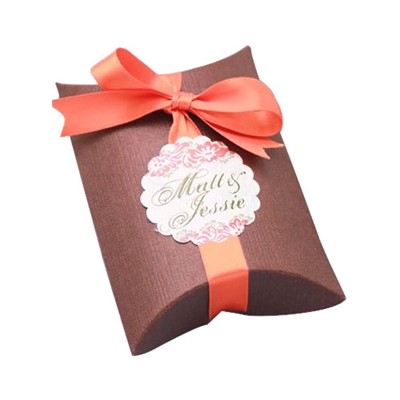What’s in a product?
Research by Innova Market Insights shows that three in four consumers in the United States pay attention to food labels. A whopping 91 percent of them believes that the more recognizable the ingredients listed, the more trust-worthy the brand and the healthier the product.Custom Food Boxes
What does it mean to be ‘clean’?
What is it, then, that triggers consumers to buy a product – or put it back on the shelf because they feel it is deceptive? What do they perceive as ‘recognizable’ ingredients? A legal framework for clean food labels does not exist as of yet, but food industry experts do agree that the most successful clean labels have several features in common. These include (but are not limited to):- Growing claims: using terms like ‘organic’ and ‘natural’.
- ‘Free from’ claims: stating what’s NOT in the product. Examples include ‘no hormones’, ‘no antibiotics’, ‘non-GMO’ and ‘no additives’.
- Replacing E numbers with the chemical or common name of the particular food additive.
Clean food labels are here to stay
Innova is confident that it won’t take long before clean food labels become the new norm. Harvard Business Review agrees, warning the food industry against making the same mistakes with their labels as Volkswagen did lying about emissions tests: “Neglecting the clean-label movement will cost you customers and workers; avoiding it as a purposeful strategy could destroy the company or a few careers. Just think about Volkswagen, the poster child for creating the anti–clean label. By flat-out lying on its labels, VW damaged its brand, possibly irrevocably.”Time to get serious
The moral of the story? Time to get serious about clean food labels! Learn more about consumers’ growing expectations and, if you haven’t yet, be sure to look into the traffic light labelling system as well to improve legibility.Inspired by VMT

No comments:
Post a Comment